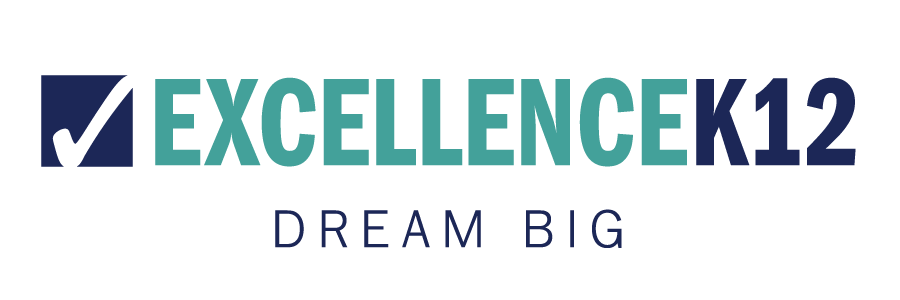By: Matt Deichmann, APR
One of the things I do know – is you don’t know what you don’t know!
District administrators and Board members often make assumptions about the thoughts and feelings of all stakeholders based on the feedback from a small group of individuals they know well. To extrapolate results from this extremely limited sample size and make assumptions about the larger group can be misleading at best, and result in decisions that don’t necessarily reflect the beliefs of most district stakeholders.
Listening carefully to your constituents is one of the most important skills in leadership, but you won’t usually find it mentioned in the job description for superintendents. Effective leaders are data-driven decision-makers, and they need the most accurate information available to make the important decisions that can shape the future for our students.
In most districts today, 60 to 75% of patrons have no direct contact with their public schools. And while districts have a variety of tools to communicate with parents and staff, they have far fewer to communicate with taxpayers and voters.
So, how do you solicit their feedback? Through statistically reliable telephone surveys and online surveys that ask for input from the ENTIRE community.
The first type of survey that comes to mind for most district leaders is a pre-election survey. Constituents are much more likely to support ballot initiatives when they feel like they have had input in the decision-making process. An informed voter is an engaged voter – and is usually a supportive voter.
Survey work in advance of a ballot initiative not only reflects the likelihood of success but also identifies hot-button topics that can be used to shape district practice and policy for years to come.
While a large-scale survey is essential in advance of a ballot initiative, other district decisions can benefit from statistically valid data including:
- How is the climate in your schools?
- What is the state of your district?
- Is it time for a new strategic plan – or a communications audit?
- Are you contemplating consolidating schools or a major curriculum or scheduling change?
All these important issues deserve input from your larger public.
The very act of conducting a large, scientifically valid survey shows both internal and external audiences the organization is listening objectively and fosters trust and a greater sense of community.
The communications feedback loop needs to be continuous to be most effective. Conducting a survey regularly (annually or biannually), shows consistency and continuity. Regular surveys also provide linear data trends that give insight into which areas are trending up, and which are trending in the wrong direction.
Authentic listening is critical to the leadership role, and so is the follow-up and execution. Survey results are most valuable when they help inform decisions and affect change. When good leaders ask questions, they need to listen closely to the answers and make their decisions accordingly.
Remember, decisions made in a vacuum suck – just like that vacuum!
*Matt Deichmann is the CEO of ChiefCom. He previously served as the CCO for the Francis Howell and Wentzville Schools Districts as well as EducationPlus, the St. Louis area school district cooperative.

